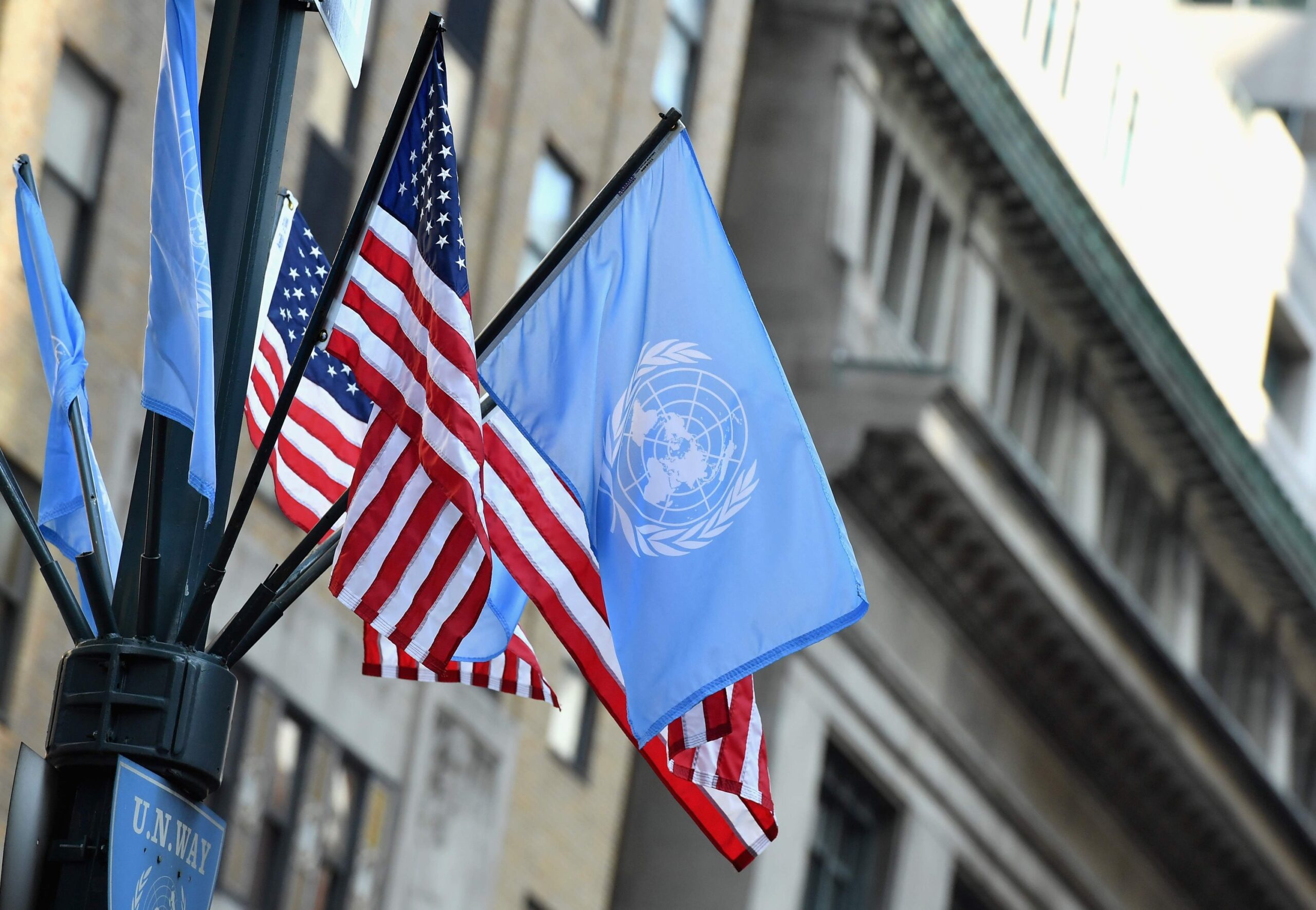DPI Recap: Youth Leadership for the Global Goals
Anna Mahalak serves as the United Nations Association-USA Youth Engagement Manager. She works with over 85 of UNA’s campus chapters to support student leaders across the country.

UNA-USA recently hosted a session at the UN Department of Public Information NGO Conference to discuss youth engagement with the Sustainable Development Goals. UNA-USA understands the importance of putting youth voices at the forefront of the conversation because our youth generation are leaders of today, not just tomorrow.
Here are a few numbers for you to consider from UNDP’s “Youth as Partners for the Implementation of the SDGs” report:
- Today’s youth generation is the largest in history – 1.8 billion
- More than one third of SDG targets explicitly or implicitly reference young people, with a focus on empowerment, participation, and social and economic well-being.
- There are 20 youth-specific targets spread over six key SDGs: Goal 2 (hunger), Goal 4 (education), Goal 5 (gender equality), Goal 8 (decent work), Goal 10 (inequality) and Goal 13 (climate change).
- Young people’s involvement and participation in Goal 16 (peaceful, just and inclusive societies) and Goal 17 (partnerships and implementation) are to be achieved.
We started the conversation by asking – why are you here today? What are you currently doing to engage young people with the SDGs and what do you want to do more of? Through the session, UNA-USA created a space for non-profit leaders to discuss their initiatives and highlighted the work of three young people who have utilized unique platforms to accomplish the SDGs: technology, private sector enterprise, and art and design.
Carisa Shah, an incoming freshman at the University of Pennsylvania, is passionate about using her computer science knowledge for social good. In addition to her studies, she has been selected for the Millennium Fellowship – a program presented by the United Nations Academic Impact and Millennium Campus Network (MCN). Carisa’s key takeaways were:
- Cyberbullying disproportionately affects middle school girls, impacting their confidence, their willingness to pursue STEM, and their desire to hold leadership roles. Most girls have contemplated d whether or not they want to pursue a career in tech by the end of middle school.
- Cyberbullying prevents girls from pursuing technology careers, which further increases the gender gap.
- The Millennium Fellowship is a semester long leadership development program for undergrads dedicated to forwarding the SDGs and cultivating a community of undergrads who are driven and committed to leading with values of empathy, inclusion.
- There is a responsibility for the private sector to help shape millennials and boost their messages – to amplify, and act as a microphone.
- Find what you are passionate about and find others who are passionate about it – together you will go far.
- Sustainability: develop a model that will work and prosper without constant attention.
- Give young people tools and letting them run with it.
Josh Kaplan is a second-year Woodruff Scholar at Emory University, pursuing a major in Economics and Global Development Studies and a minor in Portuguese. He is passionate about the intersection of youth engagement and social justice and participated in the SEED Spot Entrepreneurship Program. Josh’s key takeaways were:
- Social enterprises should address needs unmet in our communities through traditional market-driven approaches, while maintain a core social impact: leveraging infrastructure to create tangible and sustained change.
- Cultivating a generation of thoughtful and engaged public servants, who think and act with the SDGs in mind, requires us to start introducing social issues at a much younger age.
- To younger generations: you will often find yourself in adult-dominated spaces. Remember that each setback is a learning opportunity – there is never a true roadblock, because you have the power to pivot: to radically change your approach to develop something even better. Don’t assume that age is equated with power. Private enterprises can provide the largest platforms to share your stories, so don’t be afraid to speak out.
- Harness the underutilized power of young people, and the effects will resonate throughout society.
Becky Slogeris is the Associate Director at the Center for Social Design at Maryland Institute College of Art (MICA), where she is responsible for various initiatives engaging students and faculty in social change through human-centered design. Becky’s key takeaways were:
- Social Design is a human-centered and collaborative process to understand and define social problems, identify opportunities and generate ideas, and make tools that support positive change. We let the research drive the outcome.We view designers as facilitators, not experts. We seek to put the people most affected at the center of the problem.
- Focus on fixing systems, not people.
- Don’t go it alone – you’ll need a team of people to change any system.
- Be humble. Find existing organizations who are doing the work and seek to add capacity. Reach out to both subject matter experts & what we call community experts – the people with the lived experience closest to the problem.
- Make sure the right ingredients are present, and step away to watch the magic happen. Let youth drive the work.
If you are interested in connecting with our youth panelists or learning more about UNA-USA’s youth engagement initiatives, please contact Anna Mahalak at amahalak@unausa.org.



